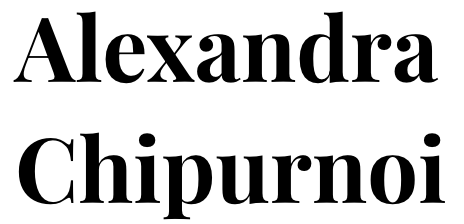Bread is a staple food in almost every country. Each culture has its own recipes that have been handed down for generations, and Italy is certainly no exception. Read on to be reminded of the Italian breads you love and lean about others that you’ll be tempted to try.
Bread basics
Would you believe there are more than 350 kinds of bread that come from Italy? Like many other Europeans, Italians consume bread daily. It is generally eaten with other foods, as it is in many cultures, but bread does not traditionally appear in the same course as pasta.
Each region in the country has its own special types of bread and may prepare variations on popular basic types like sourdough or flatbread. Sampling bread in Italy is a true pleasure, but if you can’t travel there, many of these breads are available in grocery stores or Italian bakeries stateside. Of course, you can also bake your own.
- Focaccia
Focaccia is a bread baked in an oven in flat sheet pans. The dough is somewhat similar in texture to that used for making a thick-crust pizza—it’s relatively flat, but thick and fluffy. The baker pokes his or fingers into the dough before baking to spread it across the pan, remove air bubbles from within the dough, and create a dimpled crust. This bread commonly comes drizzled with olive oil and sprinkled with salt and Italian herbs like basil, oregano, and rosemary. Sometimes you can find it with meat and vegetable toppings like onions and tomatoes. One interesting variation is from the town of Recco where the dough is combined with cheese before baking. The name focaccia is from the word “hearth” in Latin—a sign that this bread was eaten as far back as Roman times, when it was cooked on a hearth, rendering a crispy version.
- Ciabatta
This rustic Italian bread is soft and chewy inside, filled with tiny air pockets, and a crusty outside. Its relatively flat shape resembles a slipper, hence its name, which translates to “slipper” in English. Unlike many other Italian breads that have been baked for centuries, ciabatta is a relatively recent invention—some sources say it’s the work of an Italian miller who first started making the bread in 1982. Ciabatta is a very versatile bread; it’s lovely in sandwiches or paired with stew. It is delicious either fresh or toasted to a golden color. Serve with a generous amount of butter.
- Coppia Ferrarese
Coppia Ferrarese is the Italian version of one of the most popular breads worldwide: sourdough. It has a unique shape that comes from intertwining several pieces of dough together before it is baked to create a cross or star. The recipe uses malt for a distinctive flavor as well. This bread hails from the province of Ferrara where, as history explains, it was given to the Duke of Ferrara in the 16th century. Interestingly, in 2004, Coppia Ferrarese was given protected status in the European Union, meaning that it is a unique regional specialty food, and that its name can only be used if the bread was made in Ferrara.
- Grissino
Grissino or Grissini is a crunchy breadstick that makes an amazing snack or can accompany virtually any meal. It is made with a pizza-type dough that is cut into sections and rolled into long, thin, twisted shapes, then baked in the oven, where the breadsticks expand, crispen, and turn a light brown. Grissino are often seasoned with cumin or oregano. This Italian bread also has a compelling narrative attached to it. It is rumored to have been introduced in the 17th century in the northern city of Turin, where it was created for a duke who was sick. In addition, Napoleon is said to have so loved this breadstick so much that he had it couriered regularly from Turin to Paris.
- Frisella
One of the things that makes Frisella or Friselle an unusual bread is that it is baked twice. In appearance it resembles a sort of flat bagel. This bread originates in Puglia, where it was consumed by farmers and fishermen, people who needed to sustain themselves during long days of work outside, away from home. Frisella is a rusk type of bread that is toasted after being baked, preserving its shelf life. Excellent for snacking, this bread is crunchy and may be soaked in saltwater before being served with a topping of fresh tomatoes.
- Pizza Bianca
This bread starts with a pizza-like dough that is rolled out to a good thickness. Before entering the oven, it may be covered with olive oil, cheese, and olives. It rises when baked, so it looks more like a flatbread than a pizza without the tomato sauce. Pizza Bianca has some resemblance to Focaccia, but it is not as moist and is chewier. This tempting bread is great any time for a snack. Add a few herbs and some sea salt and your mouth will be watering.
A delicious medley of bread
When it comes to discussing the breads of Italy, we have only scratched the surface here. Other iconic Italian breads include the Tuscan specialty Pane Toscano; the brown rye named Pane di Segale; Piadina Romagnola, a traditional peasant’s bread in northern Italy; the rustic, circular Ciambella; a popular sweetbread called Certosino; and so many more.
Trying different Italian breads is a delicious and delightful culinary adventure—and you don’t even have to fly to Italy to experience it. Recipes for countless Italian breads are available online, so get baking!
